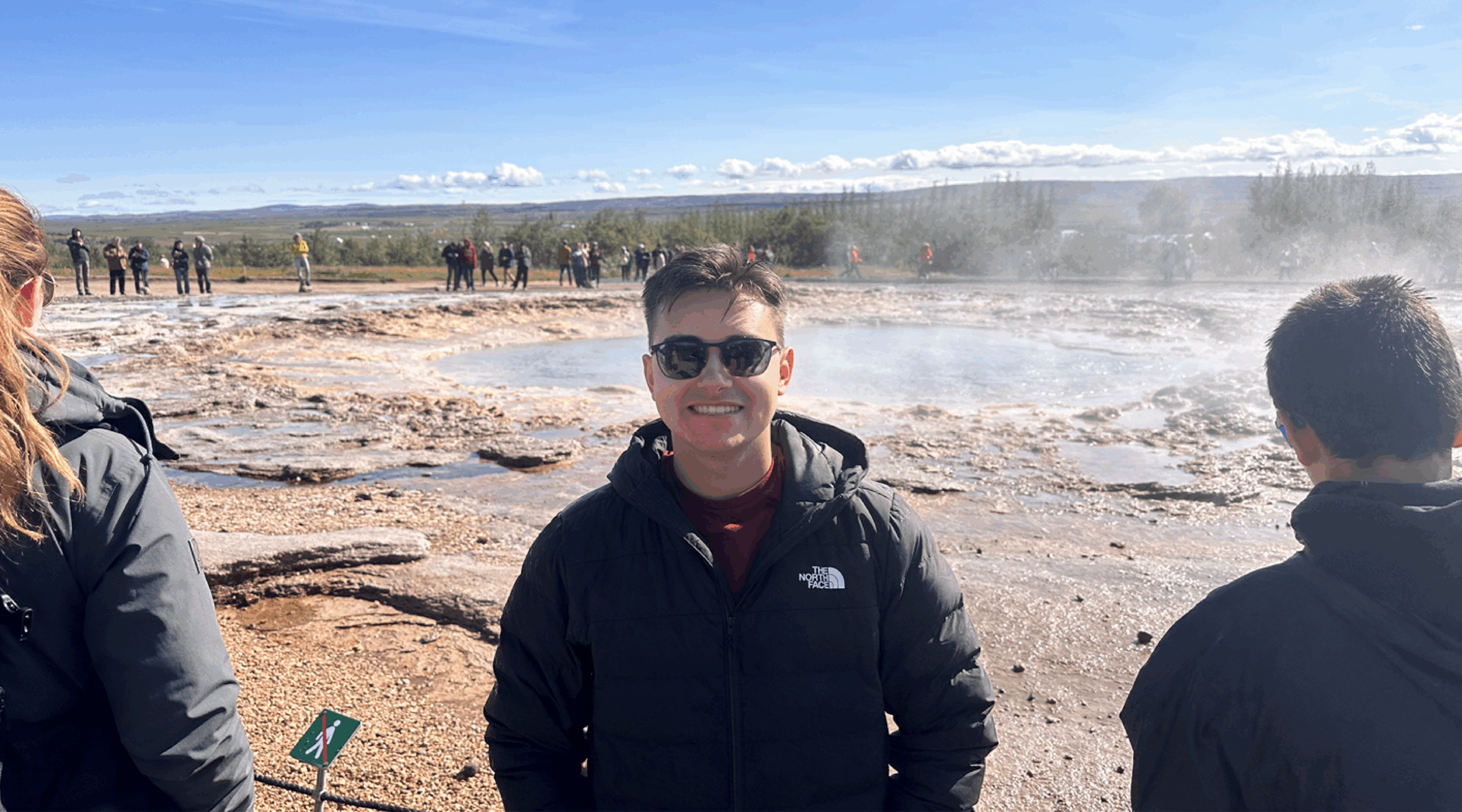The City of Rochester, New Hampshire was faced with a failing culvert and a need for cost-effective bridge repairs. With a limited budget and no immediate access to funding opportunities through the New Hampshire Department of Transportation (NHDOT) Municipally-Managed State Bridge Aid Program for the foreseeable future, it was imperative to be creative and find innovative solutions to repair this culvert while maintaining budget and safety.
The existing culvert consists of a 66’ long corrugated metal pipe (CMP) constructed in 1965 with a 10’-8” span and a 6’-11” rise. Like many CMPs installed throughout New Hampshire in the 1970s and 1980s, the Four Rod Road culvert was reaching the end of its service life. NHDOT issued a Bridge Deficiency letter to the City in January 2019 noting the CMP had corroded to the point of having an elevated risk of collapsing. Failure of this structure would result in partial or complete road failure and closure of the road until the structure could be replaced. Four Rod Road is a 2-mile local road located between Ten Rod Road and Meaderboro Road, and the Baxter Lake Recreation Area is located 500’ south of the crossing; therefore, closing the road at this location was not an option.
The City of Rochester was proactive in evaluating repair options of the Four Rod Road culvert to extend its service life an additional 10 to 15 years, in anticipation of a future replacement project to be funded through the NHDOT Municipally-Managed State Bridge Aid Program.
Multiple repair options were evaluated to restore the structural capacity of the culvert, including a “traditional” CMP repair solution of installing a concrete invert lining, as well as a geopolymer lining system. The geopolymer lining system has traditionally been used in storm and wastewater infrastructure rehabilitations, but has recently begun being applied in larger applications such as CMP bridges. The geopolymer lining system was found to be more advantageous than the traditional concrete invert liner because the overall reduction in hydraulic opening was less for the geopolymer lining system than for the concrete invert liner. Additionally, installation of the geopolymer is less labor intensive as there is no forming or reinforcing as there would be for the traditional concrete invert liner.

The environmental permitting for the repair project was challenging due to the culvert being located on a Tier 3 crossing, which is determined by the size of the watershed upstream. The New Hampshire Department of Environmental Services (NHDES) requires Tier 3 crossings to be replaced with an open-bottom structure that meets the New Hampshire Stream Crossing Guidelines, which would be approximately a 20’ to 30’ span bridge in this location. The cost of a replacement structure would be five to 10 times more than a repair project. Due to the financial constraints of the City, NHDES agreed that the repair would be acceptable, provided that the repaired culvert passes the 50-year and 100-year storms, will not be a barrier to sediment transport, and will be a temporary solution until a more compliant structure can be installed.
The contractor for the Four Rod Road repair project was the Ted Berry Company LLC, which is now a division of the Vortex Company. The total construction duration for the repair project was two weeks. Prior to installing the geopolymer liner, the CMP was cleaned of all debris and loose material. Next, the contractor applied the geopolymer with a hand pump, starting on the invert, working up the sides and along the top of the pipe. The geopolymer is able to bond to itself without having cold joints due to its curing process; therefore, the material was applied in 1” layers to ensure proper application. The material was sprayed at the inlet and outlet of the pipe creating headwalls to prevent water from migrating behind the pipe, and without the need for excavation. Large equipment is not required to install the material; therefore, traffic was able to be maintained with daily lane closures. The City was pleased with the geopolymer liner system and will continue to monitor its performance. The project was successfully completed at the end of 2020 and is one of the first large culvert rehabilitations applications in New England to utilize this innovative technology.











